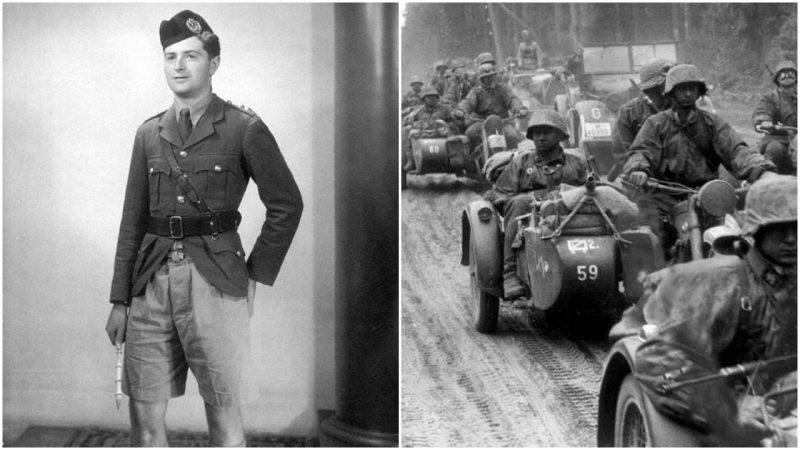The soldier moving through the thick brush in France in 1944 in World War II, was an undercover operative from the British forces, an unusual sight indeed – he was dressed in a kilt.
But what lay before him was a truly terrible sight: about 200 tanks from the infamous 2nd SS Panzer Division of the Third Reich. With them, he saw about 15,000 bleary-eyed, exhausted soldiers who had clearly seen and done too much in this brutal conflict.
But he had no time for sympathy; he had a problem. He was tasked with bringing to heel those enemies, he and his small band of Resistance fighters.
He had to come up with a plan. Fortunately for the Allies, and unfortunately for the Germans, this wasn’t just any Scottish soldier in a kilt.
It was Tommy MacPherson, one of the most clever and skilled soldiers in the British forces.
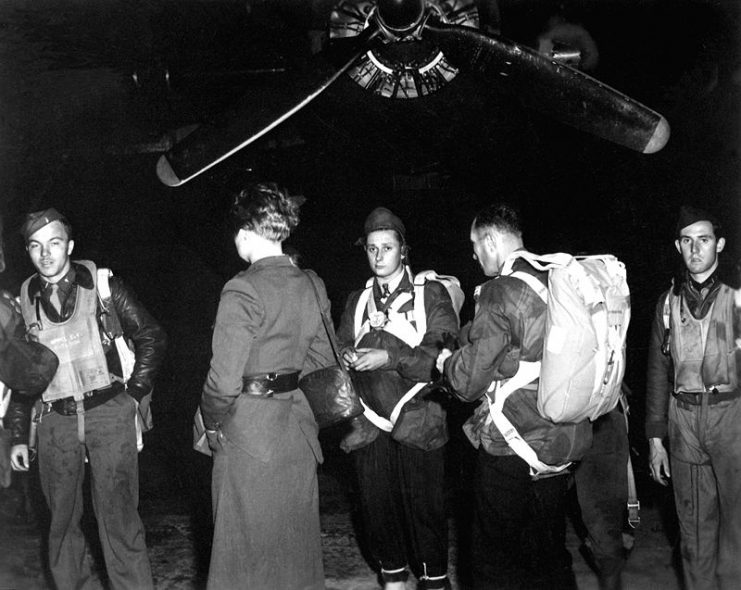
Somehow, MacPherson had to forestall these Germans forces, who were trying to get to Normandy to take on the Allies who had landed there. MacPherson had to devise a plan to interrupt their journey, disrupt their progress. He was only 23, but already MacPherson had proven himself a smart, brave operative who would tackle almost any risky endeavor. And this was a very risky one indeed.
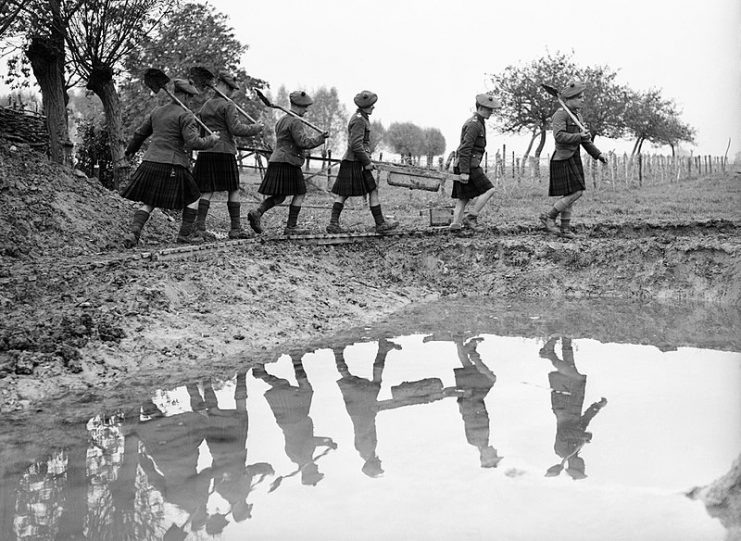
Two years as a POW
Commissioned in Scotland in 1939, in 1940 Macpherson joined the newly-formed No. 11 (Scottish) Commando unit. Inevitably, nothing in his early or later life had quite the drama of the extraordinary exploits he undertook from that point on in his one-man war against the Nazis.
In 1941, he went ashore in North Africa on a reconnaissance mission, but the submarine that was supposed to retrieve him afterward did not show up.
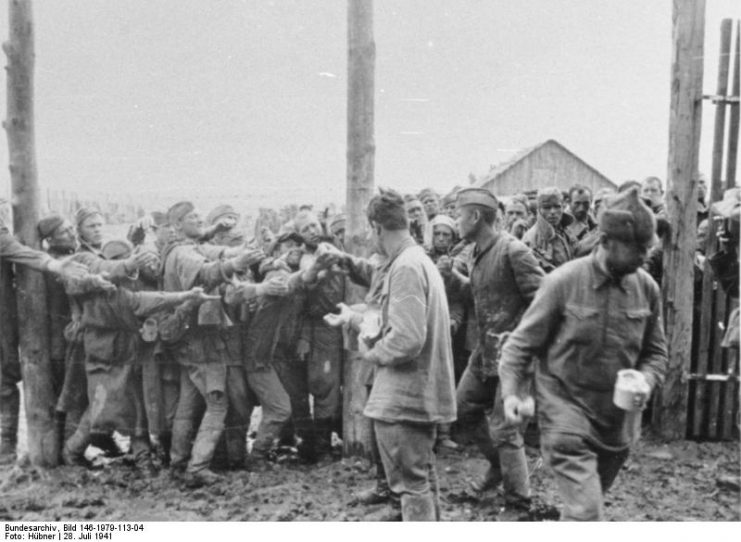
He trekked for days on foot across the desert towards his own lines, sabotaging enemy installations as he went, and was captured by Italian troops.
Held in various prisoner of war camps for two years, Macpherson either escaped or attempted to escape on several occasions, but was caught each time. In the meantime, he gained both experience and language skills that would serve him well later in the war.
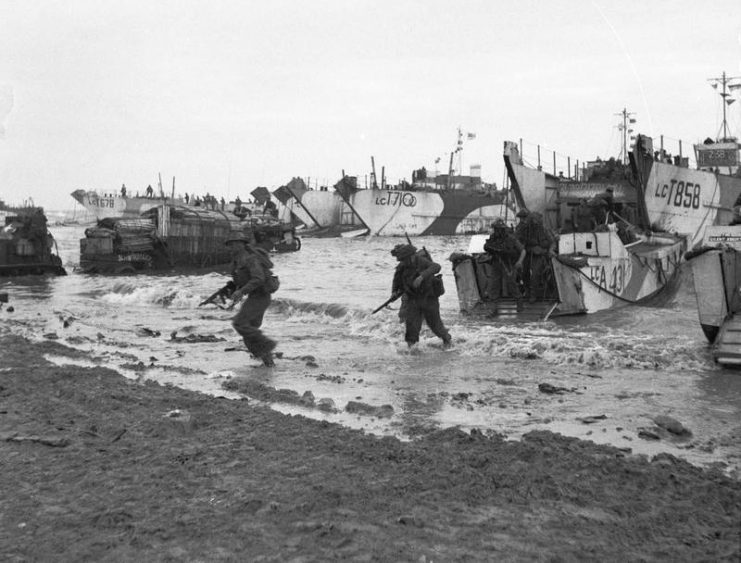
In October 1943 Macpherson finally escaped for good. He made it to the Baltic coast, stowed away on a ship to neutral Sweden, and from there made it safely home to Scotland.
Flamboyant in France
Immediately after his return home in November 1943, Macpherson was tapped to parachute into France in the aftermath of D-Day. He was to help spearhead French Resistance efforts in a guerrilla war against the occupying Germans.
Accompanied only by a French army officer and an English radio operator, Macpherson dropped into south-central France in the dead of night on June 8, 1944, just two days after the Allies stormed the Normandy beaches.
He was in his Highlander’s battledress, kilt and all—and deliberately so. He was meant to be visible—a rallying point—his undisguised presence a symbol for any wavering Frenchmen that liberation was at hand if only they took the battle to the Boche.
The Resistance unit Macpherson joined did not quite live up to previous assurances that it was a dedicated fighting force. For one thing, it had just eight members, four of them mere boys.
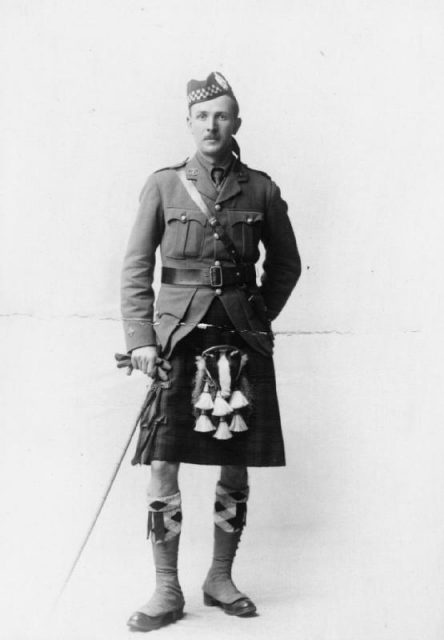
For another, their equipment consisted of a few guns and a single worn-out lorry for transport. In four years, they had never mounted any sort of operation to trouble the occupying Germans.
Macpherson brought them a machine gun, grenades and plastic explosives, but did they have the savvy and the guts to use them? He found out soon enough when, just days later, the Das Reich panzer column hove into his sights.
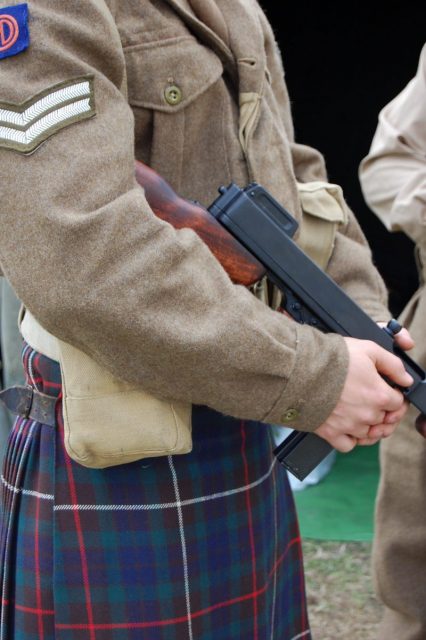
“Do or die” Sabotage
Macpherson decided in that “do or die” moment that engaging the Nazis directly would be suicidal and pointless. But ingenious, cleverly-planted booby traps might do the trick of slowing them down.
Through the night, he and his men felled trees to block the road ahead of the convoy and laid their only anti-tank mine, strapping plastic explosives to it for extra oomph. Grenades dangled from overhanging branches, primed to fall and explode.
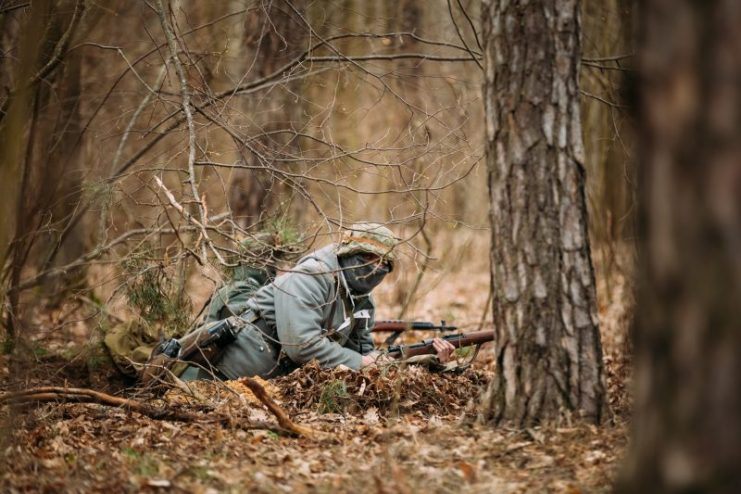
Primitive though these measures were, they was surprisingly effective. In the morning, the Germans had to bring up heavy equipment to move the tree trunks. Minutes ticked away. Then a tank hit the mine and slewed across the road. More delay.
Finally, Macpherson and his men sprayed troop carriers with their Sten guns and then dashed away into the trees—classic hit-and-run tactics. Hiding at a distance, they heard shouts and screams as the grenades did their job. Eventually, the SS column moved on, but precious hours had been won.
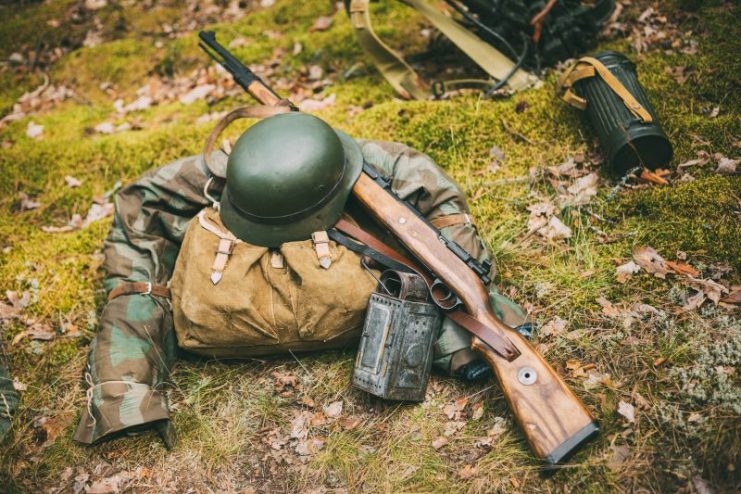
Due to similar actions across the length of France, it took Das Reich more than a fortnight to complete what should have been a three-day journey. By that time the Allied hold on Normandy was secure.
Gaining momentum
So, too, was Macpherson’s hold on his new friends. With this success under his belt, his status was assured. Streams of newly-emboldened volunteers arrived to join him. Now they began to resist in earnest.
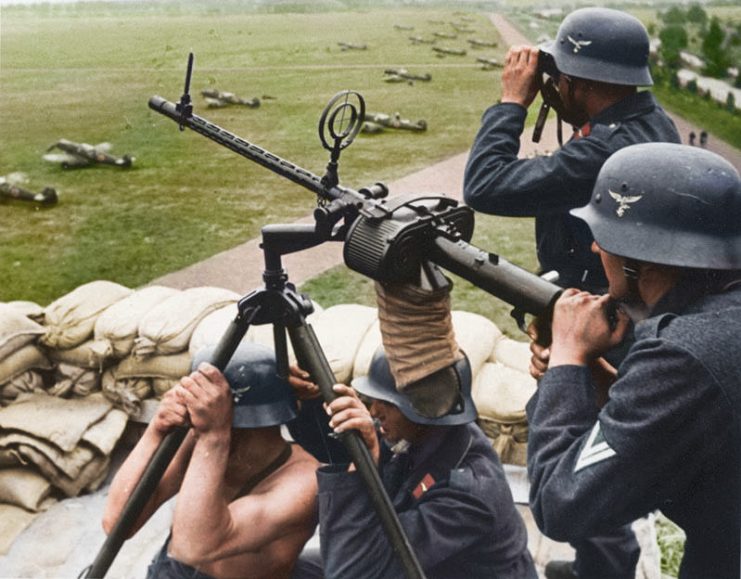
German supply lorries were hijacked for food, railway lines and road bridges blown up, steam engines wrecked, and enemy petrol dumps drained. Macpherson even encouraged children to scatter nails in the street to puncture the tires of German trucks.
One of his favorite targets was electricity pylons, and he took enormous schoolboy pleasure from blowing up two together. As they crashed, massive sparks flew out, like a giant firework display. To celebrate Bastille Day, he knocked out eight in one exhausting night.
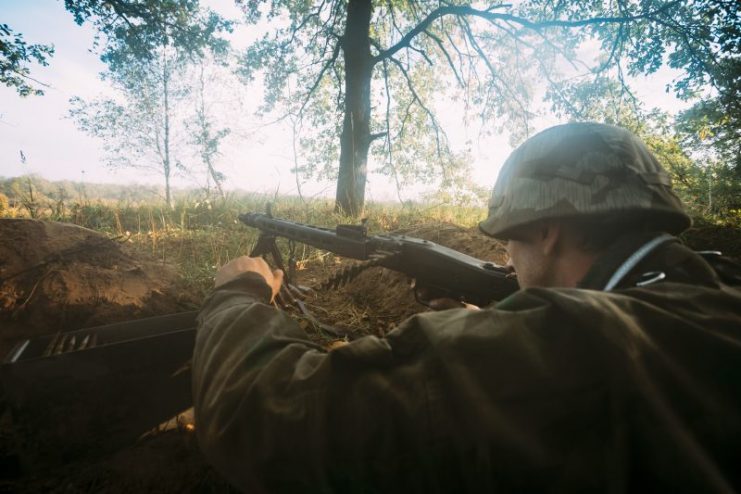
Furious and frustrated, the Germans offered a 300,000-franc reward for the capture of the “bandit masquerading as a Scottish officer,” as their “Wanted” posters described him. However, Macpherson seemed as elusive as the Scarlet Pimpernel and as bulletproof as a tank.
Driving around the countryside to muster and train his growing fighting force, he narrowly missed German patrols or skidded away from roadblocks just in time.
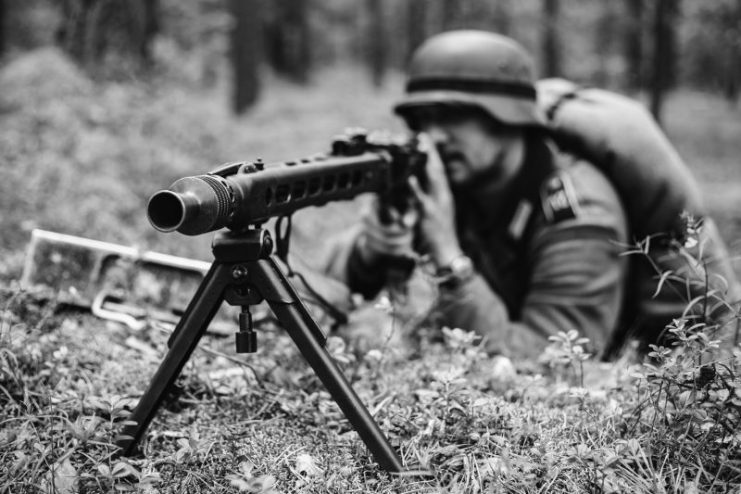
Brazen defiance
By now, the war was swinging decisively in the Allies’ favor. Macpherson became ever more brazen in his defiance of the Germans. To impress the locals, he began to fly a Union Jack and the Cross of Lorraine flag of the Free French from his black Citroën.
One day he sat in full uniform at a café in a town square, nonchalantly and openly drinking wine with the mayor, just to show that he could. It was almost an act of bravado taken too far: suddenly, a German armored car swung into the square.
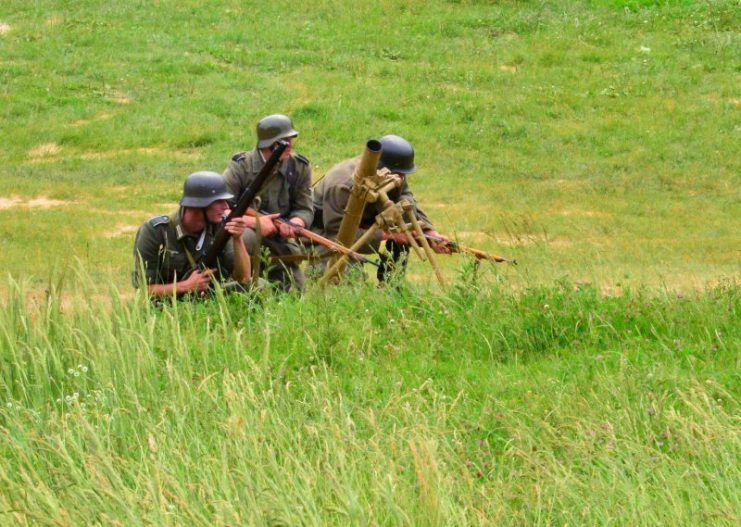
Once they gained the advantage of higher ground, they stopped and lobbed a makeshift grenade into the pursuing car, destroying it. Then they laid charges around a bridge over a river and blew that up, too. For Macpherson, this was “just another day at the office.” But his most extraordinary achievements were yet to come.
Pure bluffing
With Allied forces advancing into the heart of France from both north and south, the Germans were on the retreat. But would they depart without causing a bloodbath? Subtlety and subterfuge were called for, to prevent undue loss of life.
With just three companions, Macpherson bluffed one German garrison of 100 soldiers with a mock show of force: they wrapped wet handkerchiefs inside the metal hand grips of their light Sten guns, so that they made the deafening noise of heavy machine-guns when fired. Fooled into thinking themselves outgunned, the garrison surrendered.
Macpherson’s next bluff involved a German column numbering 23,000 men and 1,000 vehicles. The column was heading back to the German border, through the last remaining gap between the two advancing Allied armies.
In that gap in the Loire valley, a small band of Resistance fighters held a vital river bridge. A fight to the death, which they had no hope of winning, seemed inevitable.
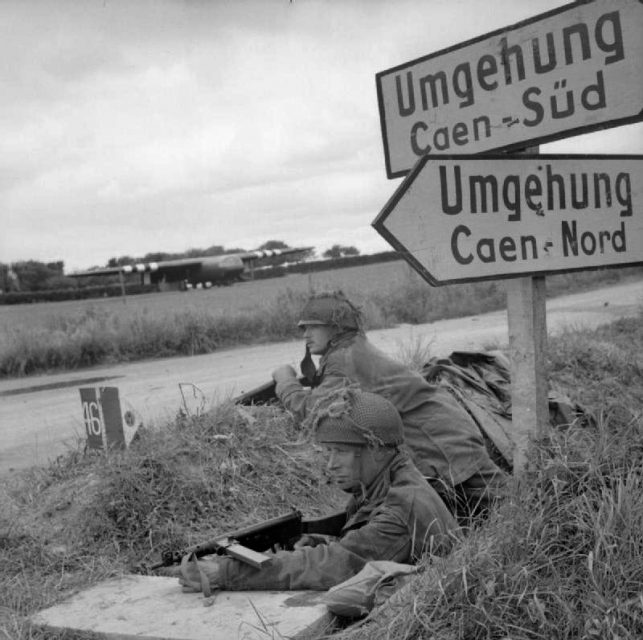
That is, unless the German general, who had previously proven amenable to surrender in a meeting with the Americans, could somehow be persuaded to give up without a fight. Macpherson boldly approached the Germans to parley. He recounted in his autobiography:
My job was to convince the general that I had a brigade, tanks and artillery waiting on the other side of the river and they could not get through. The clincher was when I told him that I was in contact with London by radio and could at any time call up the RAF [Royal Air Force] to blow his people out of sight. In truth, the only thing I could whistle up was Dixie, but he had no way of knowing that.
The German general bowed to what he was persuaded was the inevitable and surrendered. This brought the liberation of France a large step closer, with no loss of life.
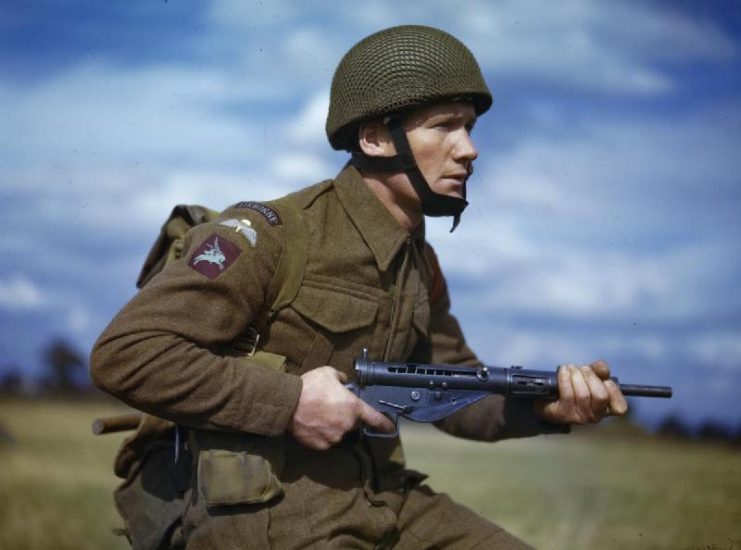
Final exploits
Macpherson’s work was still not quite finished. With France freed from the Nazis, he went to Italy to organize Italian partisans in their last struggles to evict the Germans.
There he found himself up against a new enemy: communist forces loyal to the Yugoslavian leader, Tito, who was intent on annexing parts of Italy. Macpherson’s determined opposition succeeded in thwarting those plans. As a result, Tito pronounced a death sentence on the “interfering major.”
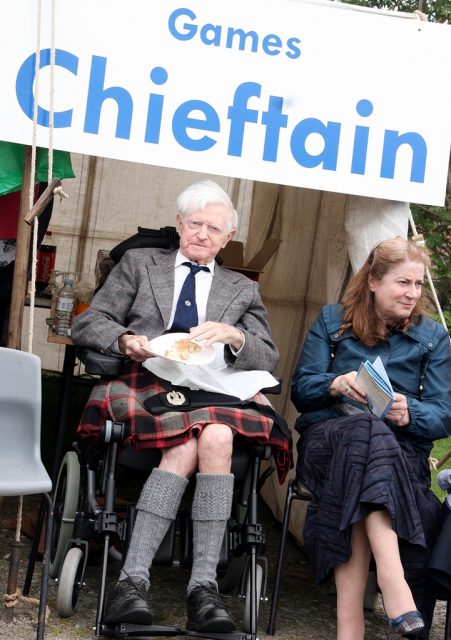
Piers Nye CC BY-NC 2.0
To have a price put on his head by both Nazis and Communists was a rare distinction, and as highly prized as the Military Cross and two bars, the Legion d’Honneur, and the Croix de Guerre that this most buccaneering of British soldiers was awarded for his extraordinary exploits throughout the war.
Read another article from us – British Commando Dagger Discovered in Normandy
After the war, Macpherson went on to live a long and fulfilling life. Before his death in 2014 at the age of 94, he authored Behind Enemy Lines: An Autobiography Of Britain’s Most Decorated War Hero.
